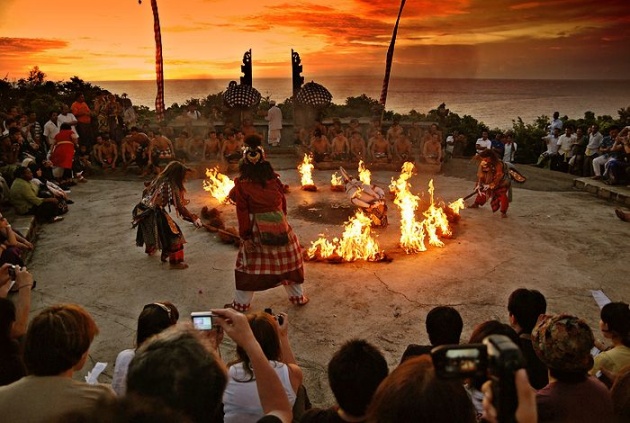History
Kecak was originally a trance ritual accompanied by male chorus. In the 1930s, Walter Spies, a German painter and musician, became deeply interested in the ritual while living in Bali. He adapted it as a drama, based on the Hindu Ramayana and including dance, intended for performance before Western tourist audiences.
This is an example of what James Clifford describes as part of the "modern art-culture system" in which, "the West or the central power adopts, transforms, and consumes non-Western or peripheral cultural elements, while making 'art,' which was once embedded in the culture as a whole, into a separate entity." Spies worked with Wayan Limbak, who popularized the dance by arranging for performances by Balinese groups touring internationally. These tours have helped make the kecak internationally known.

I Wayan Dibia, a performer, choreographer, and scholar, suggests, by contrast, that the Balinese were already developing this form when Spies arrived on the island. For example, during the 1920s, the well-known dancer I Limbak had incorporated Barismovements into the cak leader role. "Spies liked this innovation," and he suggested that Limbak "devise a spectacle based on the Ramayana," accompanied by cak chorus rather than gamelan, as would have been usual.




